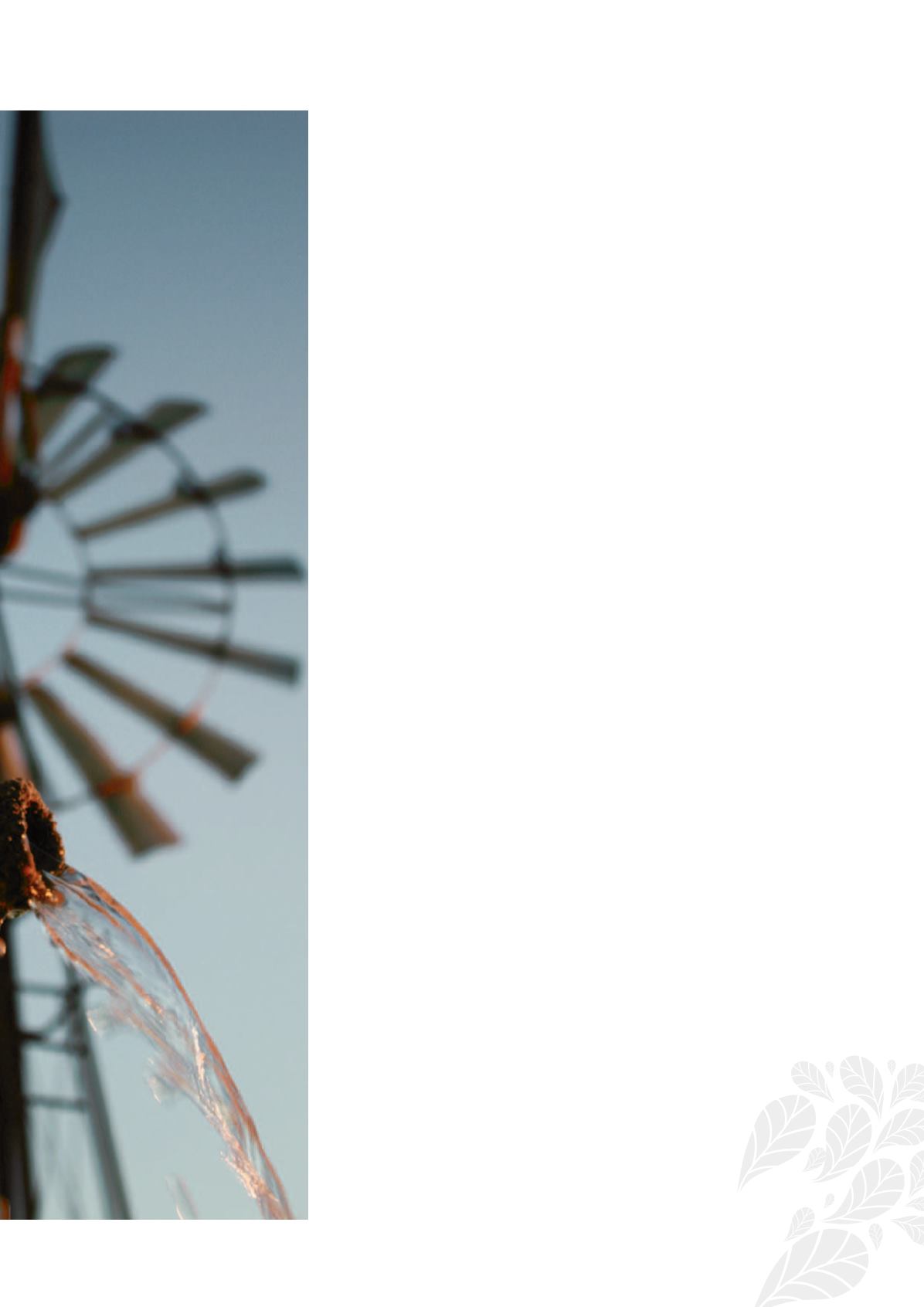

ႅႋ
CHAPTER 4
Communication strategy: NOPO Nuus magazine
At an Executive meeting on 28 May 1996 a communication strategy was approved
for NOPO. This included that a new magazine,
NOPO Nuus
, be established. It was
initially published every two months.
Mr Johann van Zyl of Randcom was appointed on contract as editor and Ms Jana
Greenall as advertising salesperson.
The first edition of NOPO Nuus was published in July 1996 with a print run of
5 900. It was distributed to oilseeds producers, input providers, political opin-
ion formers, training institutions and marketing agencies. The magazine was
launched at a special function on Loftus Versveld in Pretoria in August 1996,
and the event was attended by more than 140 guests and agricultural writers.
In its first year of existence
NOPO Nuus
grew to a proud product through which
oilseeds producers and all other stakeholders in the industry were kept informed
on a regular basis about the newest market trends, technology, information days,
research results and current events in the industry.
The magazine was managed according to strict business principles in that the
advertising income covered the distribution and printing costs. The circulation list
of the magazine grew to 7 200 over time.
NOPO fact sheet
In 1997 the Executive decided to compile a fact sheet on the activities of NOPO, as
well as a breakdown of the way in which membership fees could be paid. The fact
sheet was distributed as widely as possible to all Executive Members, provincial
agricultural unions and co-operatives in order to support NOPO’s recruitment
of members.
Media liaison
NOPO also liaised with oilseeds producers via the electronic and print media since
1997. Press statements on market and price trends as well as important events in
the industry were provided to the media network on a regular basis. Joel Kotze
from the Agricultural Writers Association also arranged a media tour for NOPO.
Production and marketing matters: 1996
Research
NOPO’s view was that without new research and technology South African
oilseeds producers would not be able to compete in the rapidly changing in-
ternational global markets. Consequently it was decided to make the research
committee of NOPO’s Executive more inclusive for role-players from the indus-
try by involving other role-players in the industry. This created new opportuni-
ties for the planning and prioritising of research projects that would benefit the
broad industry.
Groundnuts seed scheme
The Plant Breeders’ Rights Act provided seed breeders, traders and producers
involved with seed propagation with protection. After the deregulation of the
groundnuts industry various problems were identified, including sampling, sales
outside approved channels, uncertified seed, withholding of seed and a long interval
before seed could be released from breeding programmes.
Various discussions were held with role-players with the request that the integrity
of the groundnuts seed scheme in a free market be upheld. However, practice
taught that a simple solution was not possible.
Promoting soybean production: PRT
A Soybeans Working Group was established by the Protein Research Trust (PRT)
with a view to promoting soybean production in South Africa. The PRT (later known
as the Protein Research Foundation – PRF) launched a Super Soy competition in
KwaZulu-Natal, which was expanded to Mpumalanga and North West. The aim of
















